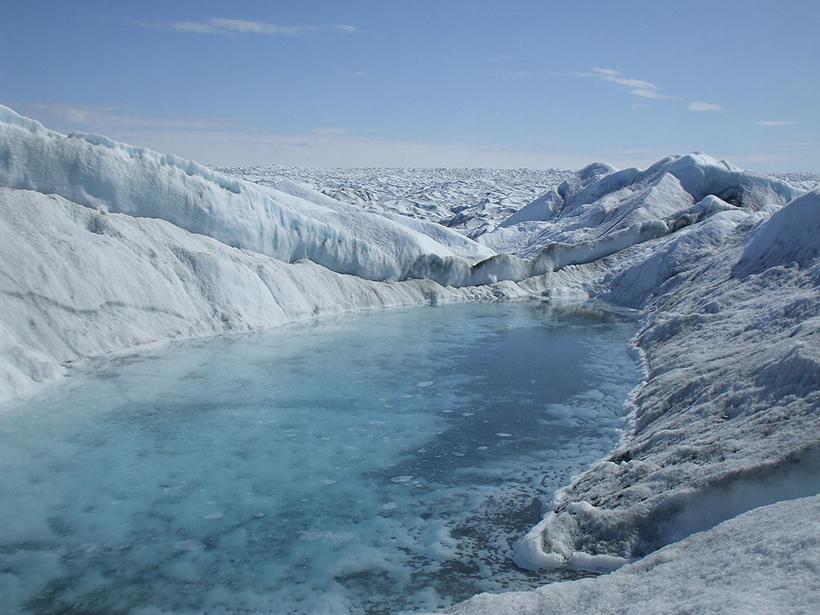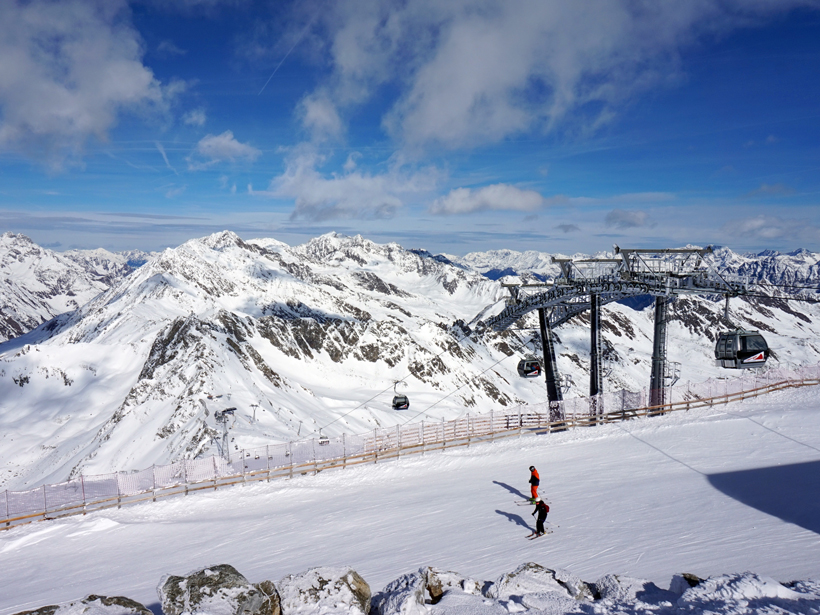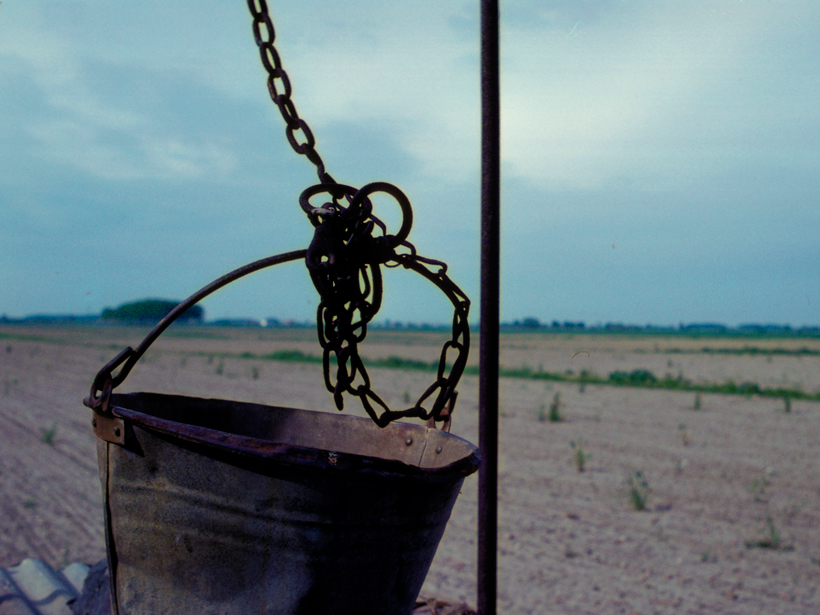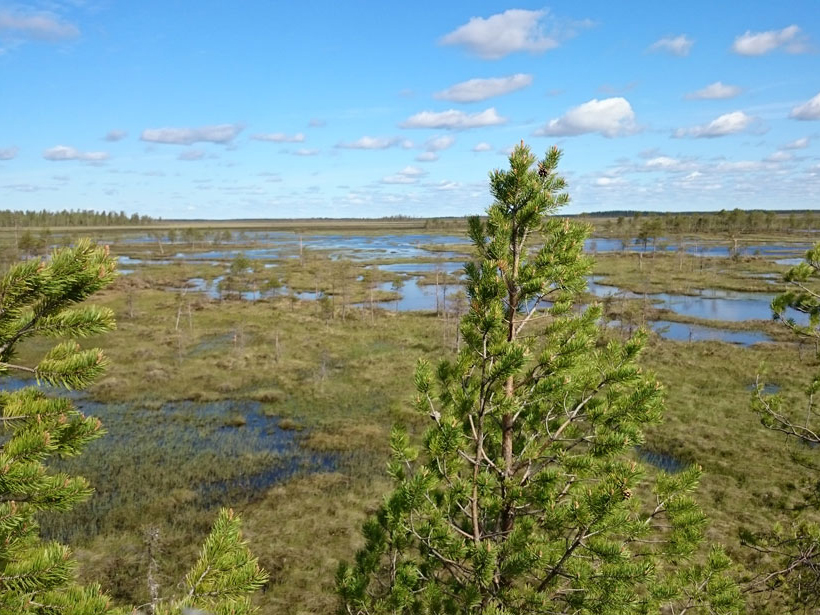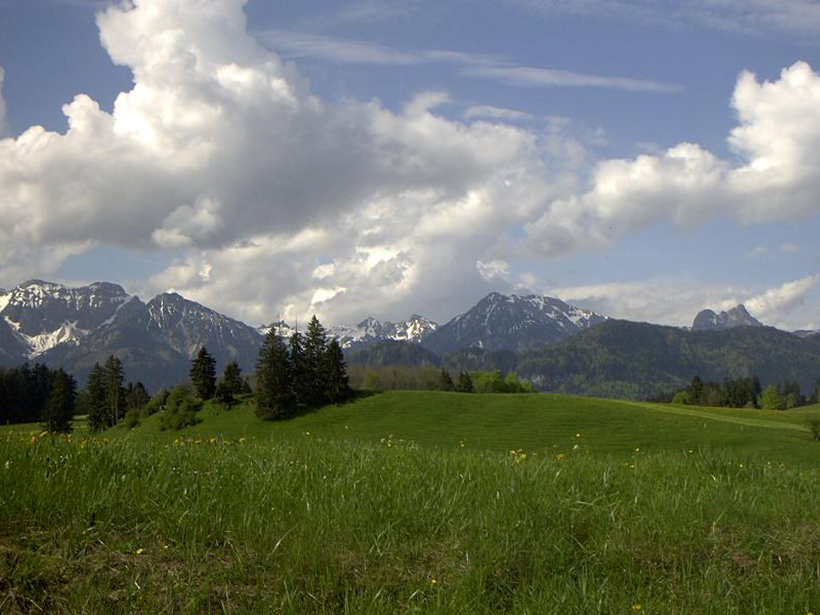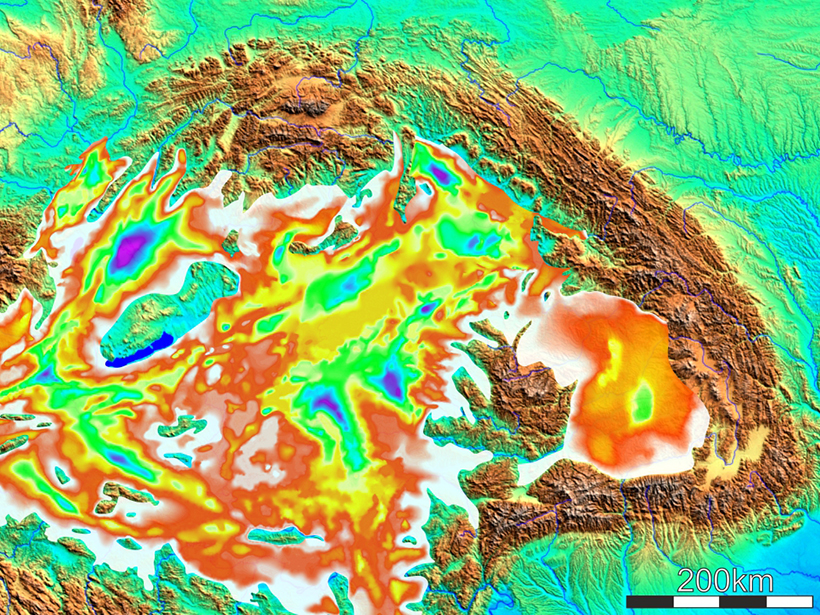The European Tipping Points in the Earth System project is a multidisciplinary effort to clarify and explain the dynamics and thresholds of climate change tipping points.
Europe
A United Europe Benefits Global Science, Say EU Geoscientists
“You are the stakeholders of European integration,” former Italian prime minister Mario Monti told an assembly of geoscientists.
European Contact with the Americas May Have Triggered Global Cooling
The loss of precontact agricultural communities to genocide and disease may have led to massive reforestation, a dip in carbon dioxide, and one of the coldest snaps of the Little Ice Age.
How Monsoons in Africa Drove Glacier Growth in Europe
A new study shows that low-latitude weather can affect distant glaciers.
The Benefits and Vulnerabilities of a Warming Europe
Scientists evaluate the economic and environmental impacts of a warmer climate on European countries, finding a range of effects on tourism, electricity demand, and ecosystem production.
Southern Europe’s Groundwater Use Will Become Unsustainable
Even places without groundwater problems now will face water shortages by the 2040s if climate change continues on its current trajectory.
The Challenges Posed by Induced Seismicity
A recent paper in Reviews of Geophysics examined the increasing incidence of seismic events caused by industrial activities.
What’s the Average Methane Isotope Signature in Arctic Wetlands?
Aircraft measurements confirm that methane emissions from northern European wetlands exhibit a uniform regional carbon isotopic signature, despite considerable ground-level heterogeneity.
Characterizing the Faults Beneath Germany
A team of researchers has described how the faults within the German Alpine Molasse Basin initially developed.
Unraveling the History of Central Europe's Pannonian Basin
A multidisciplinary model linking the sedimentary and tectonic histories of this structurally complex basin suggests that large amounts of extension occurred there between 20 and 9 million years ago.

